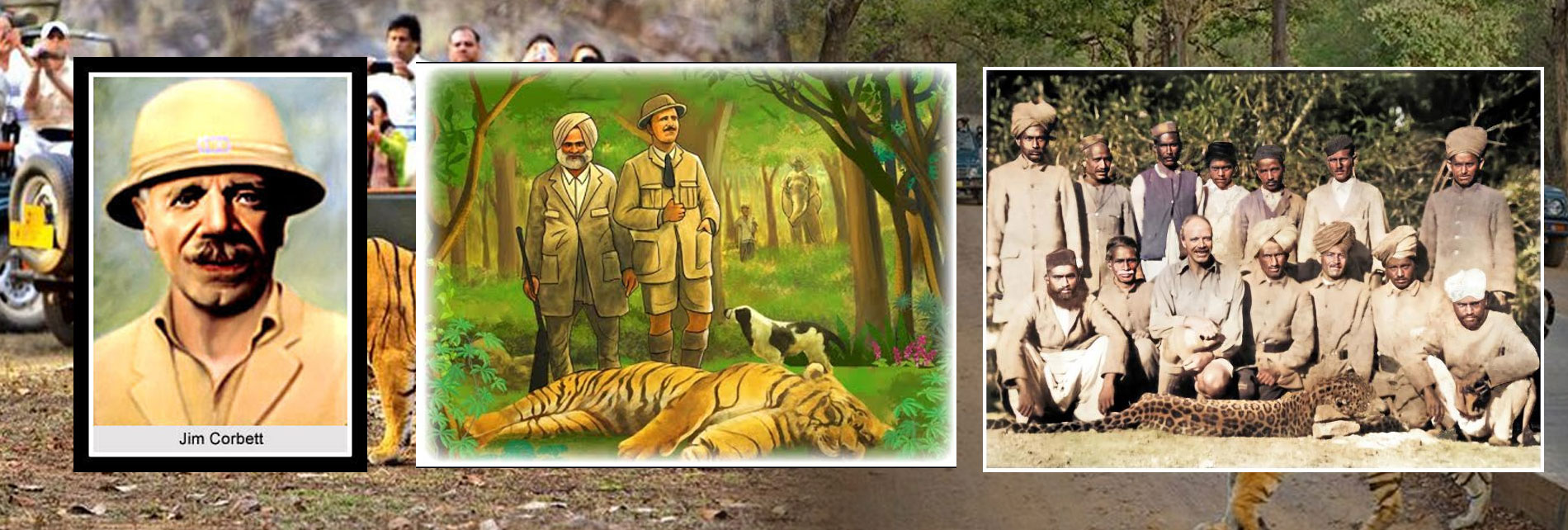
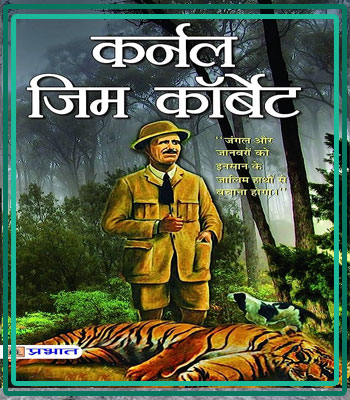
Jim Corbett, born Edward James Corbett, was a renowned British-Indian hunter, naturalist, conservationist, and author. He was born on July 25, 1875, in Nainital, in what is now Uttarakhand, India, and passed away on April 19, 1955, in Nyeri, Kenya. Corbett dedicated his life to wildlife conservation and played a pivotal role in establishing India's first national park, which was named after him as Jim Corbett National Park (formerly known as Hailey National Park).
Biography:
1. Early Life: Corbett grew up in the hill station of Nainital, where he developed a deep love for the forests and wildlife of the region. He spent much of his childhood exploring the jungles and rivers, fostering his connection with nature.
2. Hunting Career: In his early adulthood, Corbett became known as a skilled hunter, particularly for hunting man-eating tigers and leopards that posed a threat to human lives and livelihoods in the villages surrounding the forests. He earned a reputation as a brave and compassionate hunter, emphasizing the importance of conserving wildlife.
3. Wildlife Conservation: As Corbett spent more time in the forests, he began to recognize the importance of conserving wildlife and their habitats. He shifted his focus from hunting to advocating for wildlife conservation and working towards the establishment of protected areas.
4. Authorship: Corbett chronicled his experiences as a hunter and conservationist through his writings. His books, such as "Man-Eaters of Kumaon," "The Temple Tiger and More Man-Eaters of Kumaon," and "My India," gained international recognition and became bestsellers. His writings showcased his deep understanding and respect for the natural world.
5. Legacy: Corbett's tireless efforts in wildlife conservation led to the creation of India's first national park, initially known as Hailey National Park, in 1936. Later, it was renamed Jim Corbett National Park in his honor. Today, the park serves as a vital haven for various wildlife species, including the critically endangered Bengal tiger.
Lifestyle:
Corbett lived a modest and simple lifestyle. He spent most of his time in the forests, closely observing wildlife and their behaviors. He embraced the local culture and was deeply connected to the communities living around the forests. Corbett had a profound respect for nature and wildlife, and his experiences in the wilderness shaped his philosophy of coexistence and conservation.
His later years were spent in Kenya, where he continued to contribute to wildlife conservation efforts. Corbett's legacy extends far beyond his hunting exploits, as he is remembered as one of the pioneers of modern wildlife conservation in India. Jim Corbett's life and work inspire individuals around the world to appreciate and protect our natural heritage, emphasizing the importance of coexisting with wildlife and preserving their habitats.
Address: Shop No.- 27, 1st Floor, Asthan Mall, Lakhanpur Road, Chungi, Ramnagar, Uttarakhand 244715
Contact No.:- +91 7536814823
Email: info@corbetttourandtravels.com
GST: 05AXNPC3271F2ZP
Plan your journey with confidence!
📞 +91 7536814823
📩 support@corbetttourandtravels.com
🌐 www.corbetttourandtravels.com
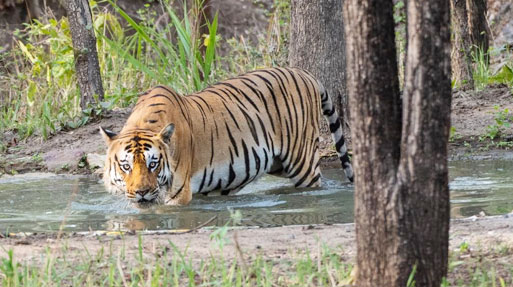
Bijrani zone is the main zone of Corbett which is closest to Ramnagar. Its entry gate is Amdanda. 30 jeeps go for jungle safari in morning and 30 jeeps in afternoon in Bijrani zone
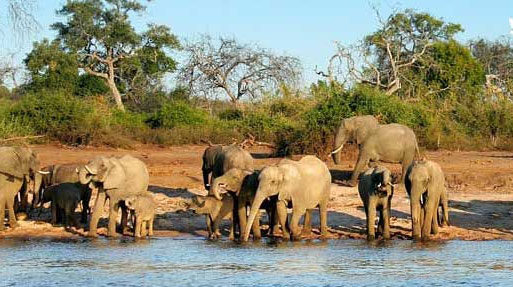
In Jhirna zone, 30 jeeps go for jungle safari in the morning and 30 jeeps in the afternoon, here the number of tigers and elephants is the most visible. It is 15 kms from Ramnagar

In Dhela zone, 15 jeeps go for jungle safari in the morning and 15 jeeps in the afternoon, here you can easily see wild animals in their homes. It is 13 kms from Ramnagar
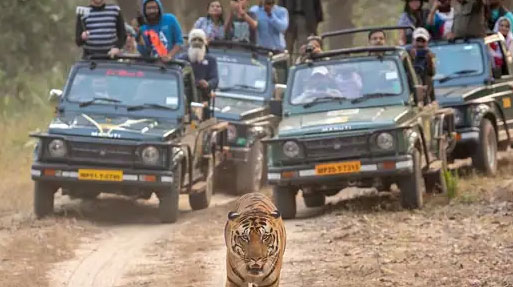
Garjiya Zone has 15 jeeps in the morning and 15 jeeps in the afternoon for jungle safari. Durga Devi Zone is the hill safari zone filled with wildlife beauty and adventure. It is 20 kms from Ramnagar.
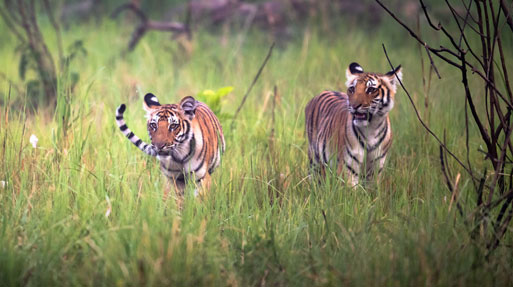
Durga Devi Zone has 30 jeeps in the morning and 30 jeeps in the afternoon for jungle safari. Garjia Tourist Zone is a very popular area of the spectacular. It is 15 kilometers from Ramnagar.

Fato zone is the newest zone of Corbett which was built in 2022. Its entry gate starts from Maldhan. It is at a distance of 16 km from Ramnagar, nowadays most of the tourists come here to visit.
Call Us